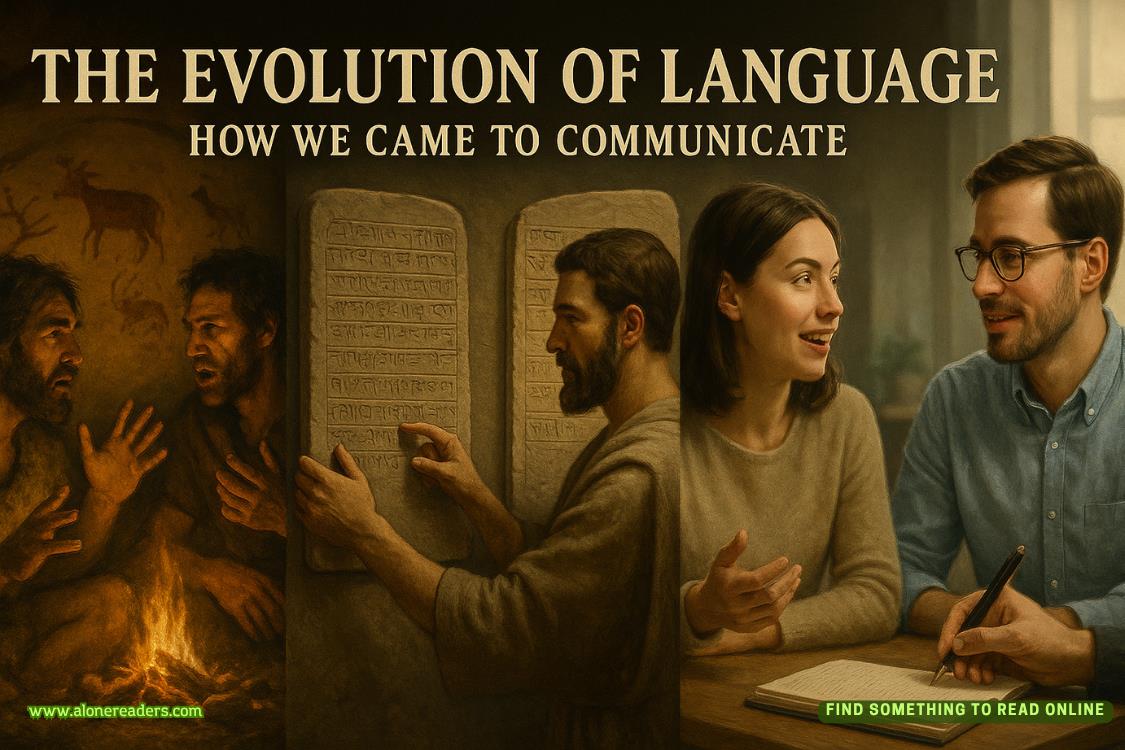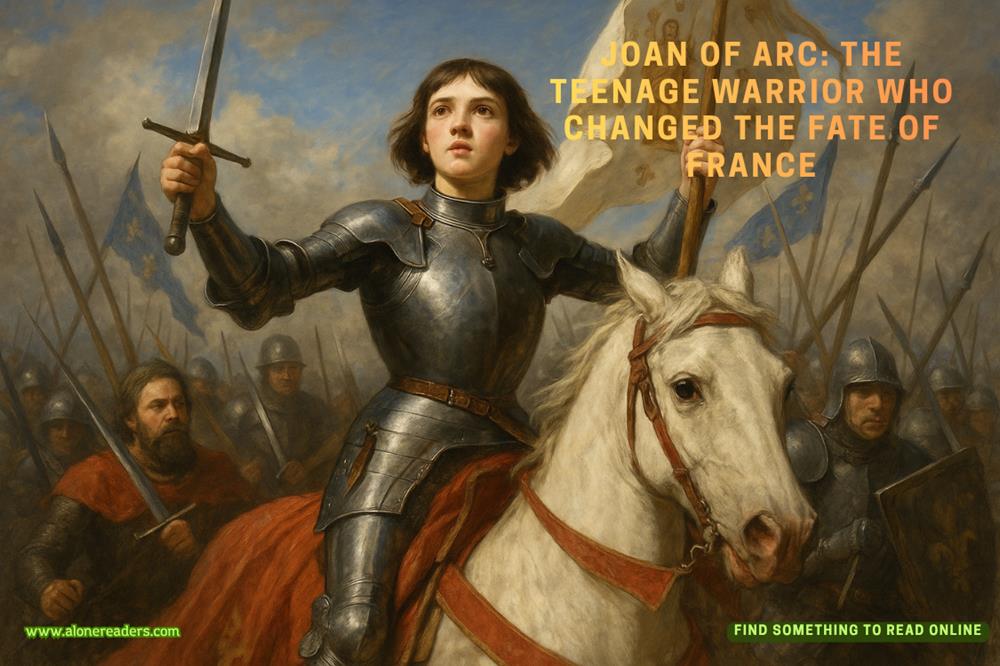Page 49 of Broken Secrets
“But then the hermit crabs would argue that the barnacles are stuck in unhealthy codependent relationships,” I add. “Too afraid to explore other rocks.”
“This is why you two are perfect for each other,” Maya says, shaking her head. “Only you could turn tide pool exploration into relationship counseling.”
Derek reaches over and steals a chip from my plate. “Hey, marine psychology is a legitimate field of study.”
“Is not.”
“Is too. I’m going to pioneer it. Get my PhD in Crustacean Counseling.”
“That’s not a real degree.”
“It will be once I invent it. Dr. Derek Lance, specialist in hermit crab housing anxiety and sea star self-esteem issues.”
I steal his pickle in retaliation for the chip theft. “And what would you prescribe for a neurotic sea anemone?”
“Group therapy with other cnidarians. Build a support network. Learn healthy boundaries, literally, since they’re all about stinging things that get too close.”
“You’ve thought about this way too much.”
“I’ve had a very educational morning with my research partner. She’s been a bad influence on my scientific objectivity.”
“I think you mean good influence.”
“Same thing, really.”
The easy banter feels natural and comfortable, like we’ve been doing this for years instead of just figuring out how to be together. There’s something liberating about being able to be completely silly without worrying about how it looks or sounds. Students try on different sizes of masks and fins, practicing breathing through snorkels and learning to clear water from their equipment. Dr. Cole moves from group to group, adjusting straps and offering technique tips.
“The key to successful snorkeling is relaxation,” he explains to our group. “If you’re tense, you use more energy and enjoy it less. Float, breathe slowly, and let the ocean support you. It’sbeen holding up whales for millions of years; it can handle one teenager.”
Maya struggles with her mask, which keeps fogging up despite repeated cleaning. “I feel like I can’t see anything clearly.”
“Anti-fog solution helps, but the real trick is not breathing through your nose when you’re at the surface,” Dr. Cole advises. “Save the nose breathing for when you’re floating face-down, watching the fish. Speaking of which, let’s practice some basic hand signals.”
He demonstrates the signals for “okay,” “problem,” “up,” and “look,” emphasizing that clear communication underwater is essential for safety and enjoyment.
“Remember, you can’t talk underwater, so these signals are your vocabulary. And if you see something amazing, the proper scientific response is to point excitedly and make muffled noises through your snorkel. We call it the ‘underwater discovery dance,’ and it’s perfectly acceptable behavior.”
As the equipment session winds down, the sun begins to set over the Pacific, painting the sky in shades of orange and pink that would look oversaturated in a photograph but seem perfectly natural from this rocky promontory.
“Tomorrow, we’ll be entering the kelp forest,” Dr. Cole announces. “It’s one of the most productive marine ecosystems in the world, and you’ll be swimming through what I like to call an underwater cathedral. The kelp can grow over sixty feet tall, creating a canopy that filters sunlight and provides habitat for hundreds of species.”
Sophie raises her hand. “Is it safe? I mean, can you get tangled in the kelp?”
“Excellent question. The kelp is surprisingly flexible; it’s designed to bend with the waves and currents. As long as you stay calm and don’t thrash around, it’s perfectly safe. Think ofit like swimming through an underwater forest. You wouldn’t run frantically through the woods, right? Same principle applies underwater.”
“What kinds of animals will we see?” asks Jessica.
Dr. Cole’s eyes light up with enthusiasm. “Garibaldi fish, they’re bright orange and surprisingly territorial. Sea urchins that look like underwater pin cushions. Leopard sharks that are completely harmless despite their intimidating name. Rockfish hiding in the kelp fronds. Moray eels in the rocky crevices, though they’re shy and usually hide when snorkelers appear.”
“Moray eels?” Maya’s voice climbs an octave.
“Completely harmless unless you stick your hand in their cave, which we strongly discourage for obvious reasons. Think of them as underwater puppies. Very large, very toothy underwater puppies.”
As we head back to our cabins to change for dinner, my disposable camera bounces in my day pack, still loaded with twenty-two unused shots. The weight of it feels different from my phone, more deliberate, more precious. Every photo will be a conscious choice rather than an automatic reflex.
“So what did you think of your first day as a marine biologist?” Derek asks as we walk along the wooden pathway between cabins.
“I think I could get used to this. There’s something nice about focusing on things that have nothing to do with social media or college applications or family drama.”















